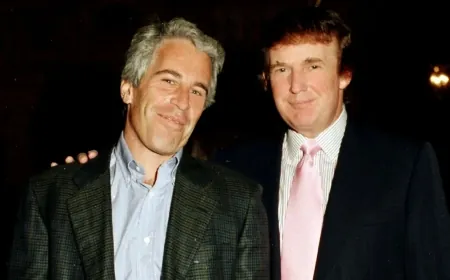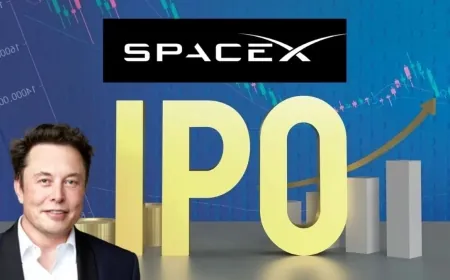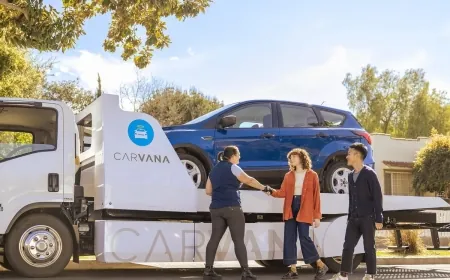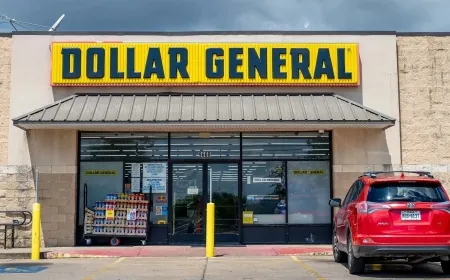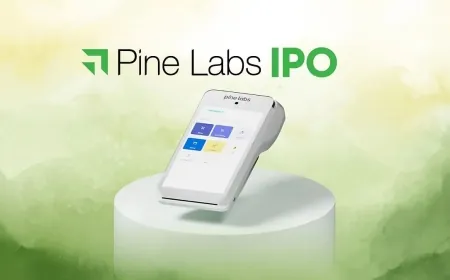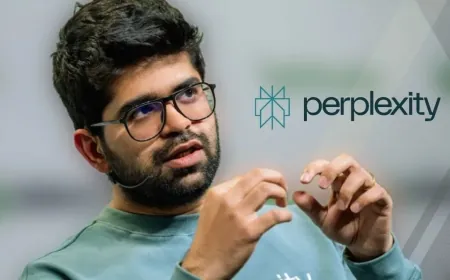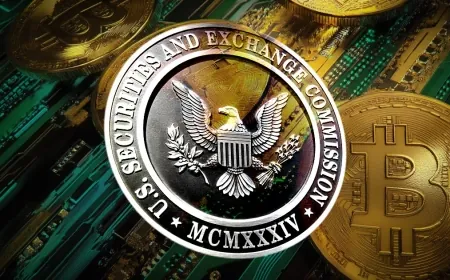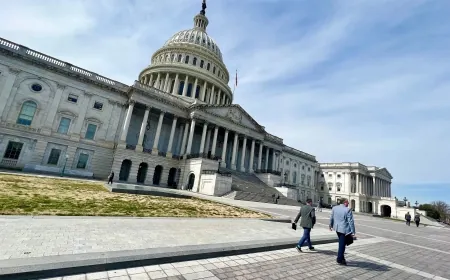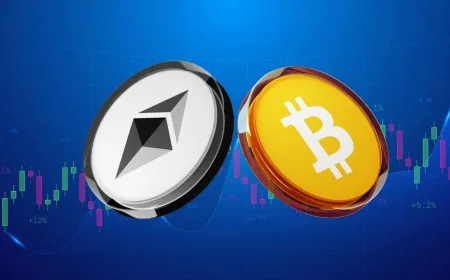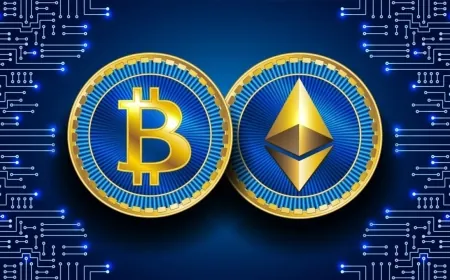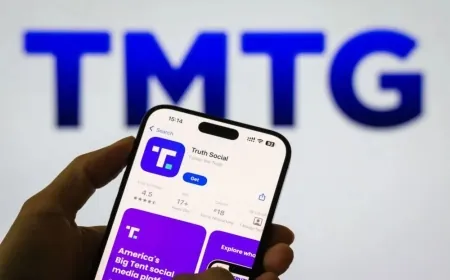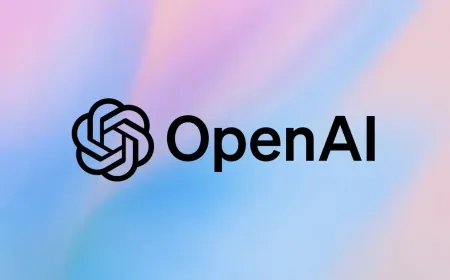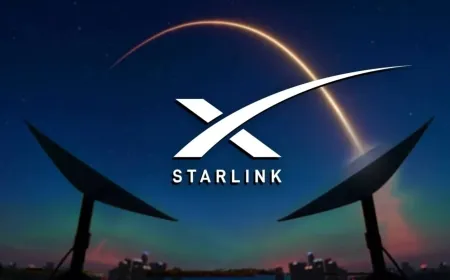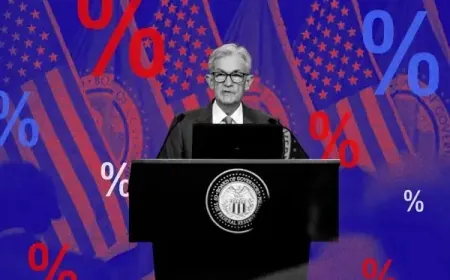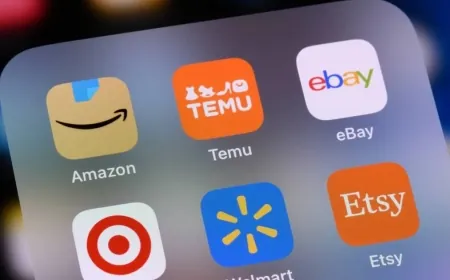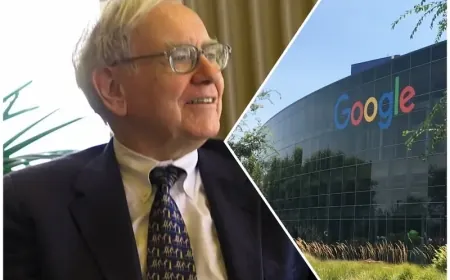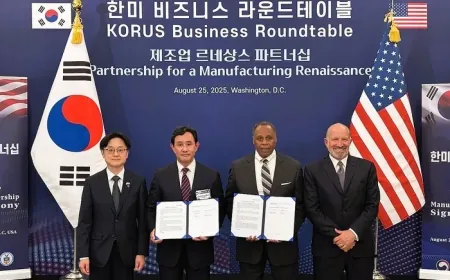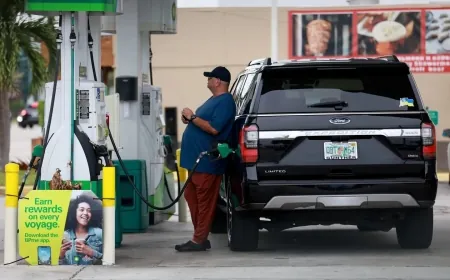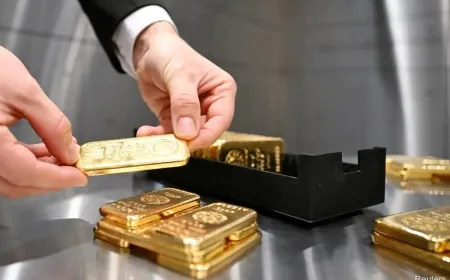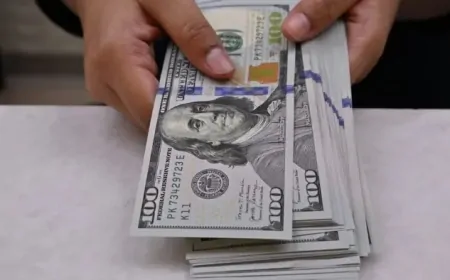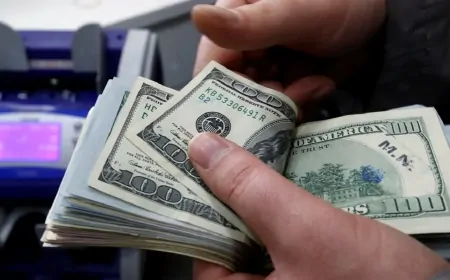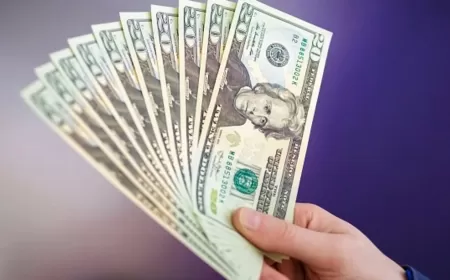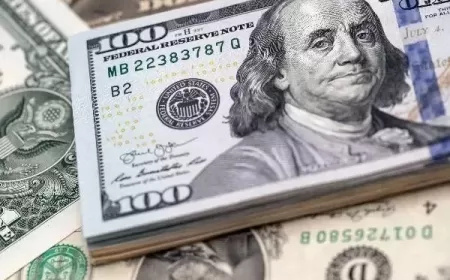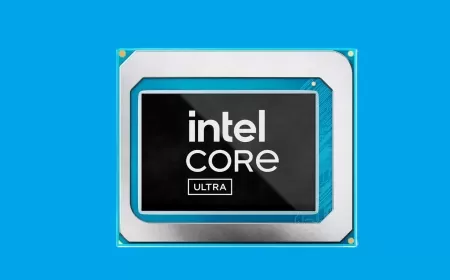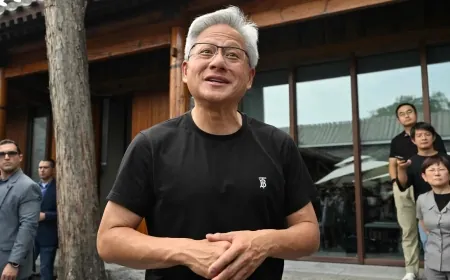Why Top YouTubers No Longer Depend on Ad Revenue — and How They are Building Real Businesses
Top YouTubers like MrBeast, Emma Chamberlain, and Huda Kattan are shifting from ad checks to real companies — turning influence into sustainable business.
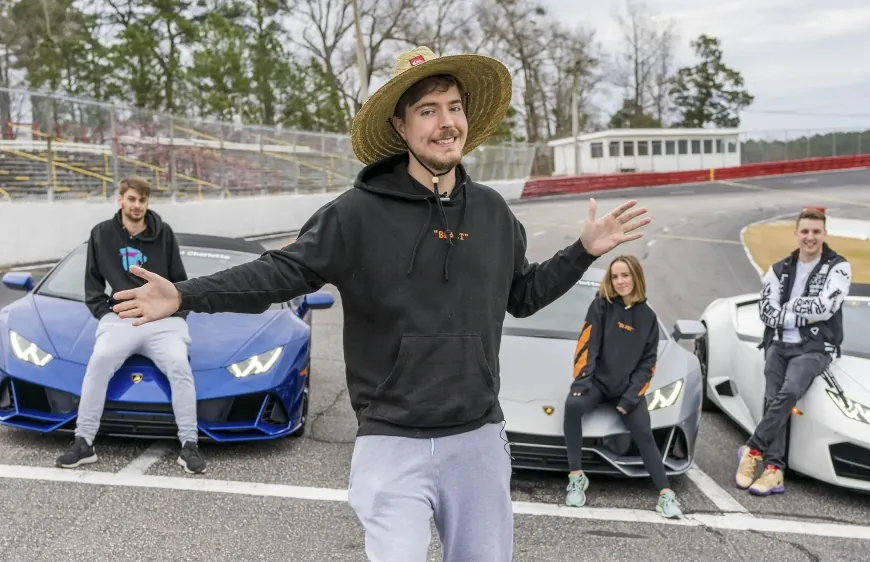
YouTube’s biggest stars are no longer relying on ads or sponsorships to make a living. Facing inconsistent revenue and constant policy changes, creators are turning their followings into self-owned businesses — from snack brands to cosmetics empires.
The shift marks a turning point in YouTube’s creator economy. The company said in June that its ecosystem contributed over $55 billion to U.S. GDP and created 490,000 full-time jobs last year. Yet ad payouts remain unpredictable. In response, top YouTubers have built real-world companies that now earn more than their content ever did.
MrBeast:
Jimmy Donaldson (MrBeast) has built one of the biggest media-backed consumer brands in the world. His snack label Feastables, launched in 2022, generated about $250 million in 2024 revenue. Its first product, the MrBeast Bar, sold 1 million bars in three days.
Donaldson’s wider portfolio includes MrBeast Burger, the packaged food brand Lunchly (with Logan Paul and KSI), MrBeast Lab toys, and the analytics startup Viewstats. He’s also filed trademarks for a banking and crypto app and is developing plans for a mobile network service.
Reports this year suggest he is working on a theme park in Saudi Arabia designed around challenges from his videos — a project that underlines how far his brand extends beyond YouTube.
Emma Chamberlain:
Emma Chamberlain went from casual vlogger to business founder with Chamberlain Coffee, launched in 2019. The company sells coffee and matcha online and through retailers including Target, Walmart, and Sprouts.
It earned about $20 million in 2023 and opened its first café in Los Angeles this year. After supply delays in 2024, the company expects sales to grow 50% in 2025, topping $33 million. Chamberlain, who remains majority owner, has turned her image into a lifestyle brand rather than an ad-dependent channel.
Logan and Jake Paul:
Logan Paul has shifted from controversy to commerce. His Prime energy drink, co-founded with KSI, hit $1.2 billion in global sales in 2023. Demand later cooled after caffeine investigations and distributor lawsuits, particularly in the U.K., where sales dropped about 70% last year.
Logan still manages Maverick Apparel and W, a men’s grooming line, and operates Betr, a sports-betting app. His younger brother Jake Paul has moved into venture capital through Anti Fund, which has invested in firms such as OpenAI, Anduril, Ramp, and Cognition. Jake also runs his own grooming line and a combat sports media brand.
Together, the Paul brothers represent YouTube’s move from content monetization to multi-sector ownership.
Ryan Kaji:
Ryan Kaji, the 13-year-old behind Ryan’s World, remains one of YouTube’s highest earners. His toy and merchandise line, distributed by Walmart and Target, brought in roughly $250 million in 2020.
The brand has expanded into a television show, publishing, and an educational app, all managed by his family. Ryan’s World now functions like a children’s entertainment studio, making it one of YouTube’s most enduring businesses.
Rosanna Pansino:
Rosanna Pansino, known for her pop-culture baking tutorials, has turned her “Nerdy Nummies” concept into a durable business. Her product line includes cookbooks, baking tools, and kitchen accessories sold on Amazon and in major retailers.
Pansino’s strategy has become a model for other creators in the culinary space. Andrew Rea, known as Babish, launched Babish Cookware in 2021, while comedy duo Rhett & Link expanded into consumer goods with MishMash Cereal.
Michelle Phan:
Michelle Phan built one of YouTube’s first true creator empires. After gaining fame in 2007 for her makeup tutorials, she co-founded Ipsy, a beauty subscription service valued above $1 billion, and later launched EM Cosmetics, which continues to grow independently.
Phan’s early success showed that creators could build long-term companies by using their channels as launch platforms, not income sources — a blueprint the next generation would follow.
Huda Kattan:
Huda Kattan, founder of Huda Beauty, started uploading makeup videos in 2010. By 2024, her company was generating between $400 million and $500 million annually in sales.
She bought back the minority stake held by TSG Consumer Partners last year to regain full control of her brand. Kattan now oversees one of the world’s largest independent beauty companies, built entirely from her social media influence.
Other Creators Follow the Model
Several other YouTubers have followed similar paths. Jacksepticeye launched Top of the Mornin’ Coffee, while Philip DeFranco started Wake & Make Coffee, joining the wave of creators turning audiences into customers.
The trend has also spread to cookware, gaming, and education — all industries once dominated by traditional brands, now reshaped by creator-owned businesses.
YouTube as the Launchpad, Not the Product
YouTube remains central to discovery, but not to profit. For creators like MrBeast, Chamberlain, the Paul brothers, Kaji, and Kattan, the platform is now a marketing engine for their broader companies.
Advertising revenue may still exist, but it no longer defines success. The new model is ownership — of products, data, and audiences — and it’s reshaping what it means to be a YouTuber in 2025.
Also Read: Elon Musk Says Tesla’s Optimus Could ‘Eliminate Poverty’ After Record $1 Trillion Pay Approval
